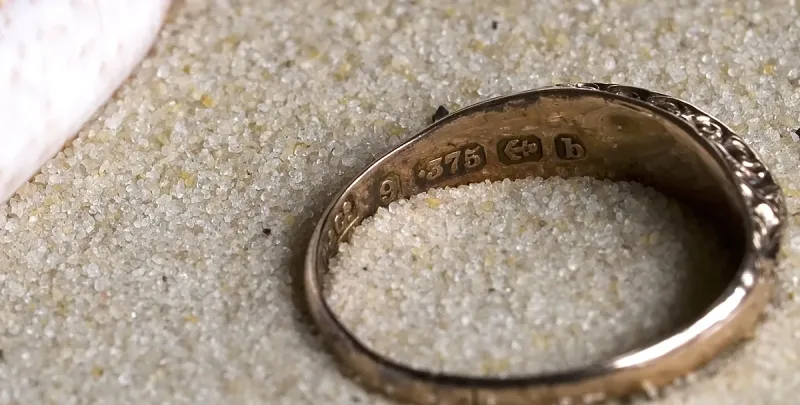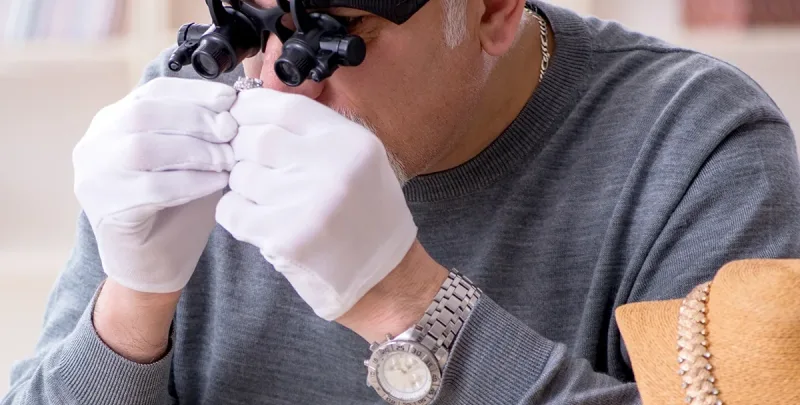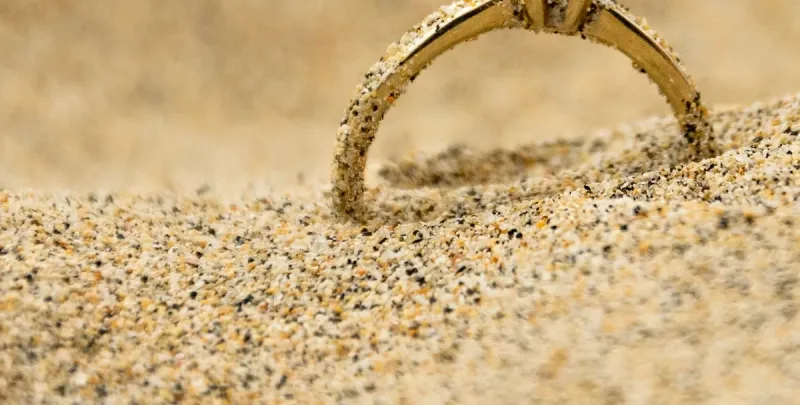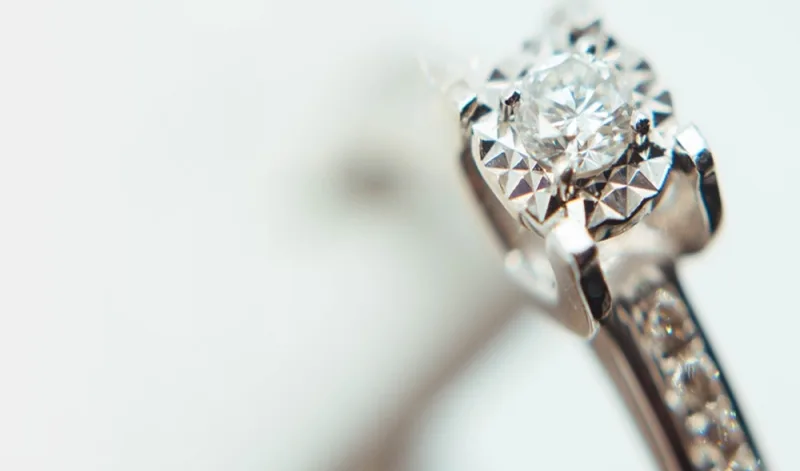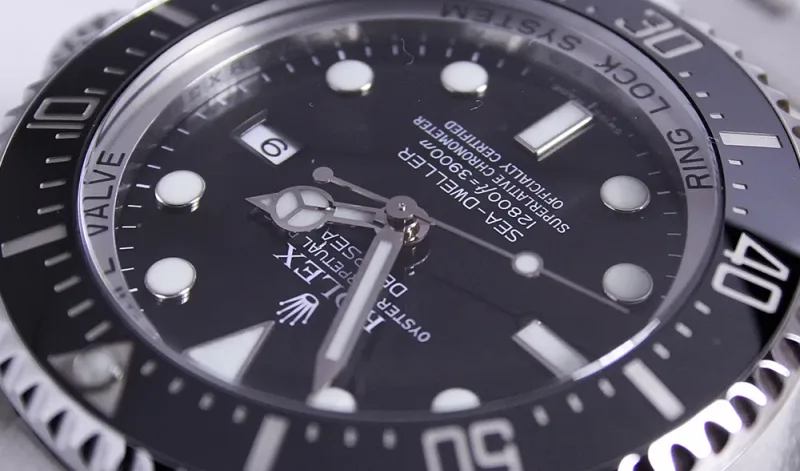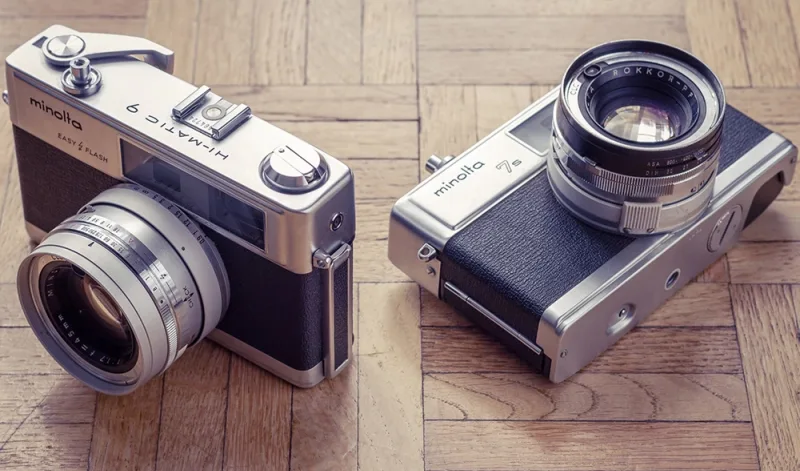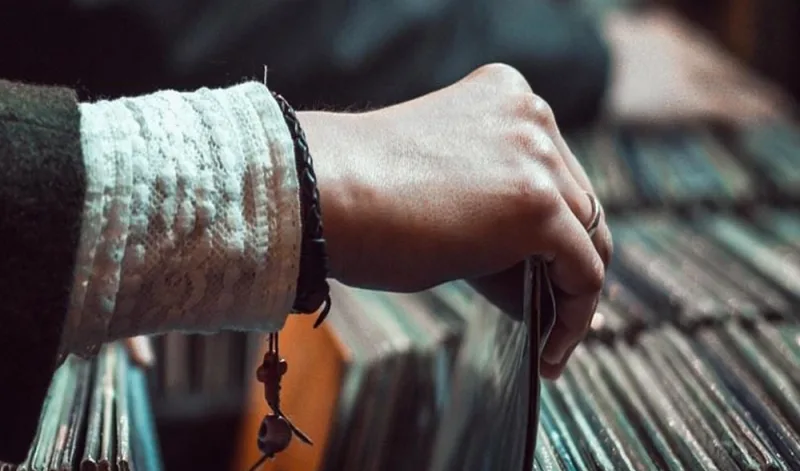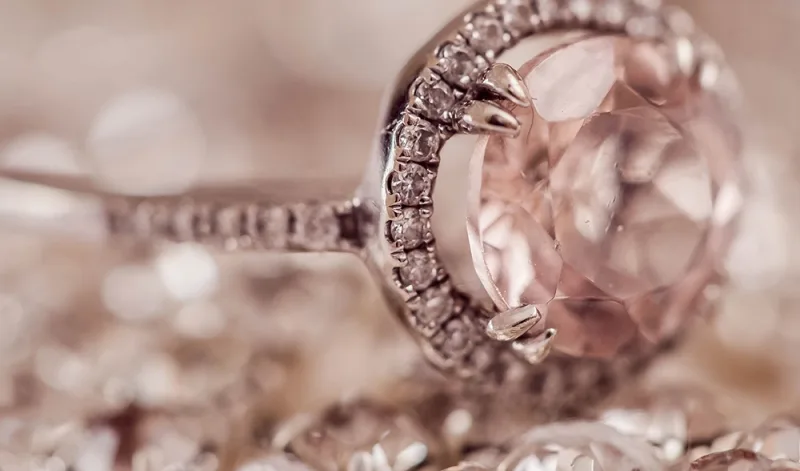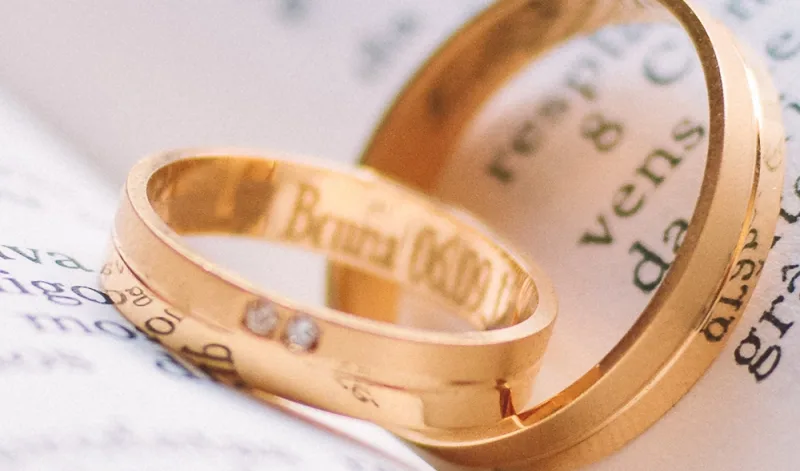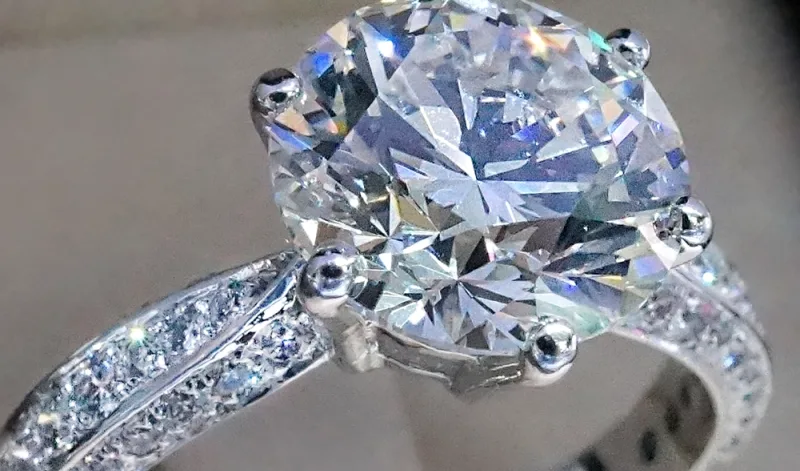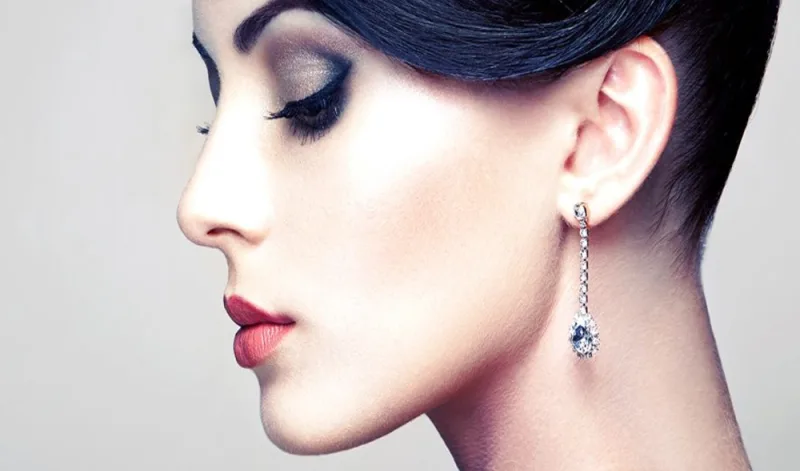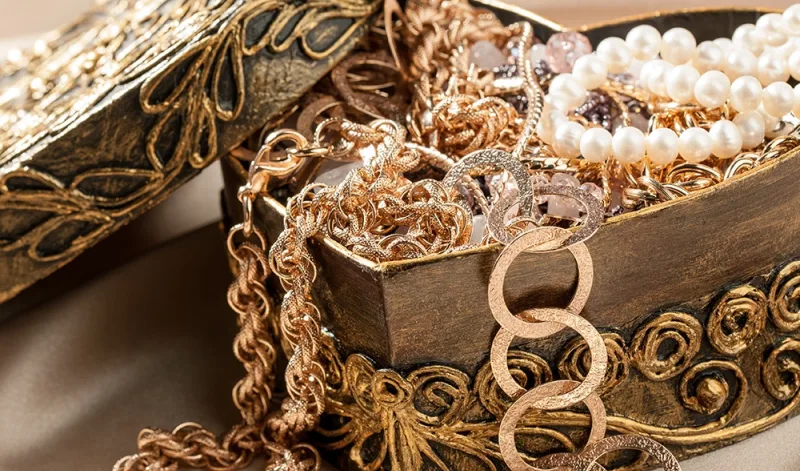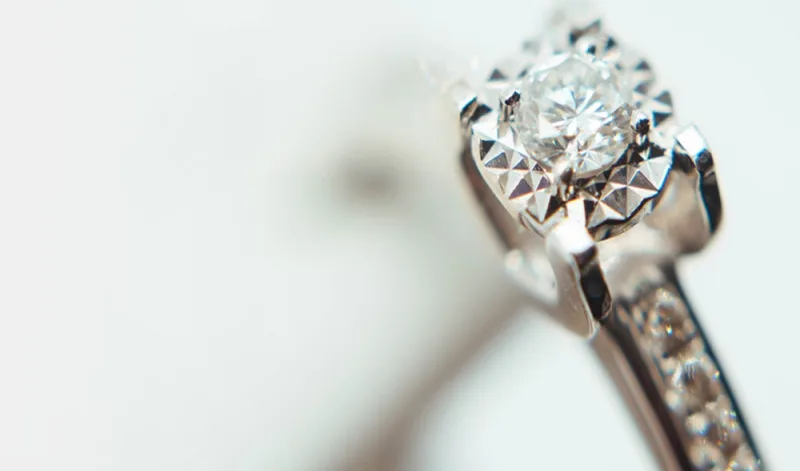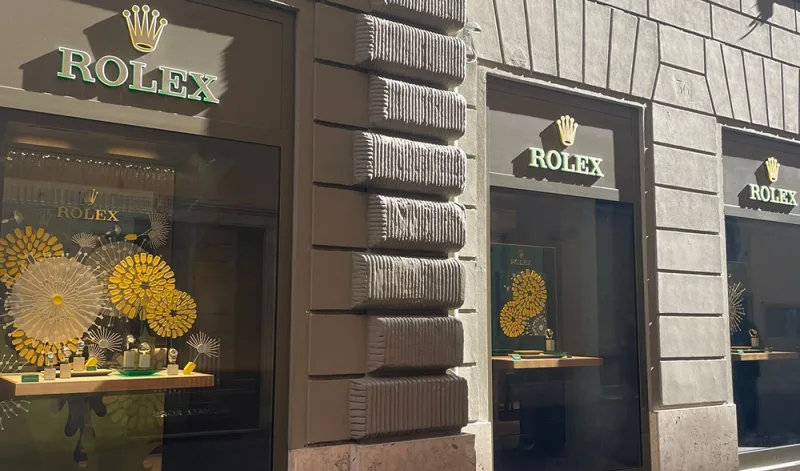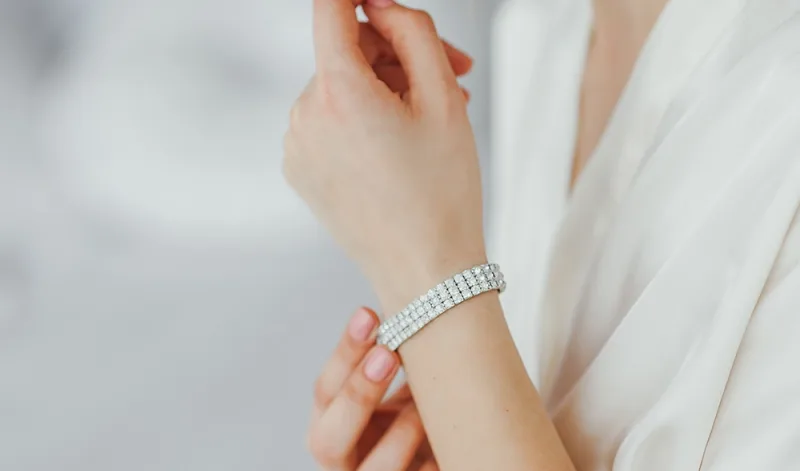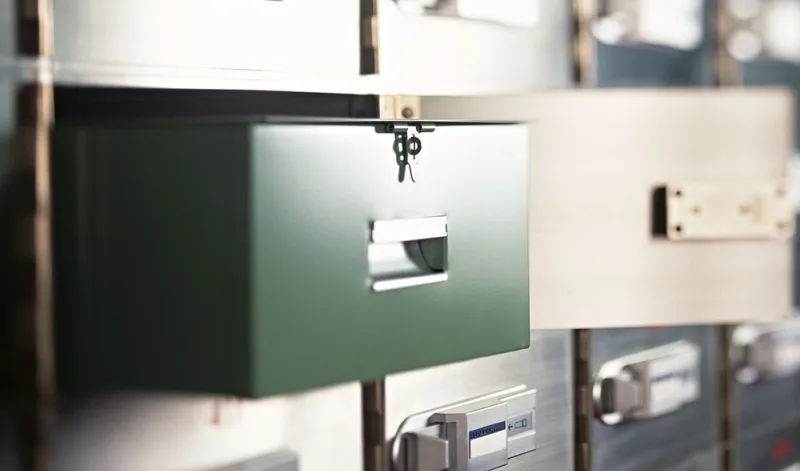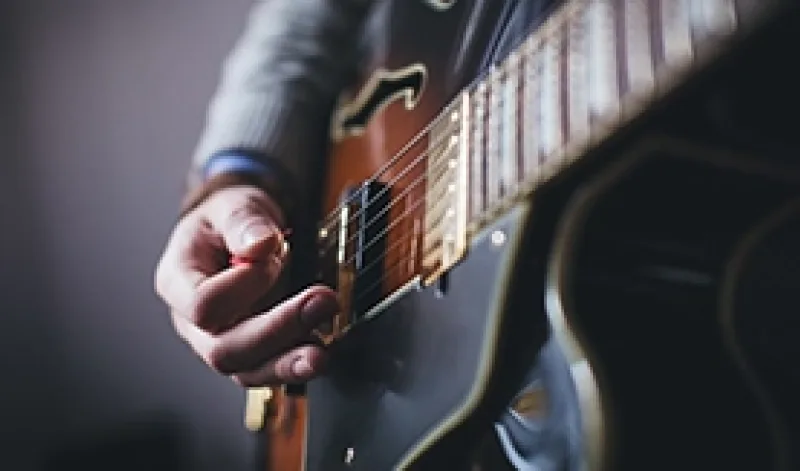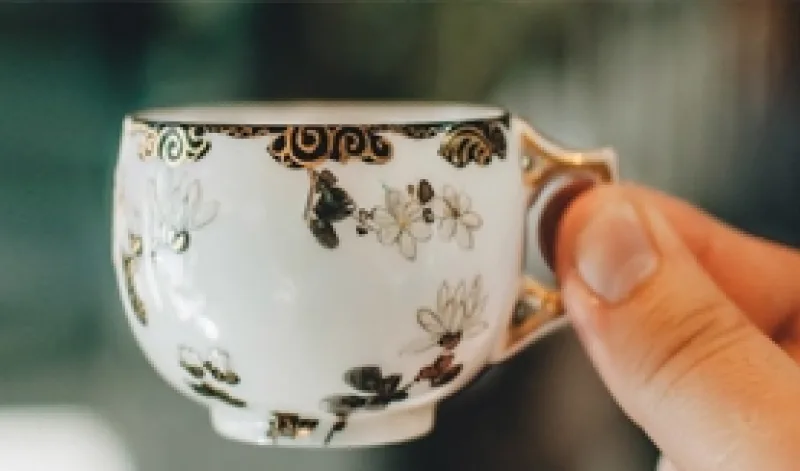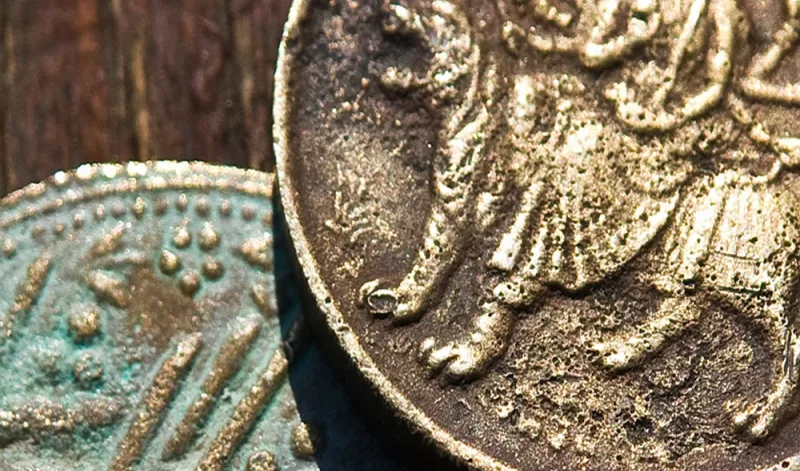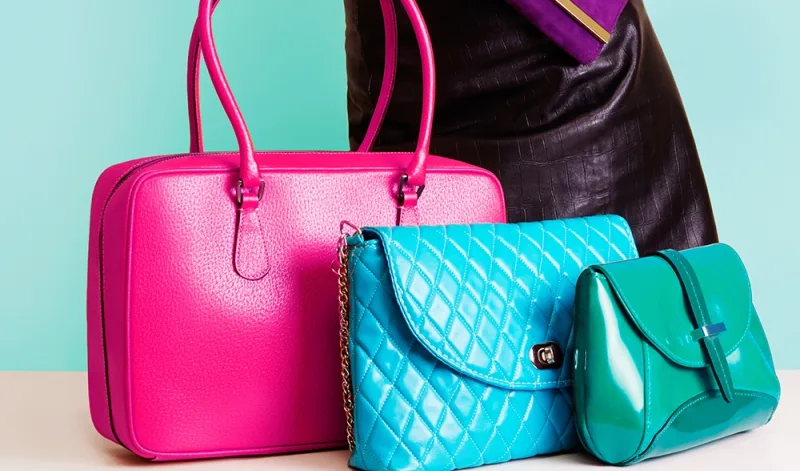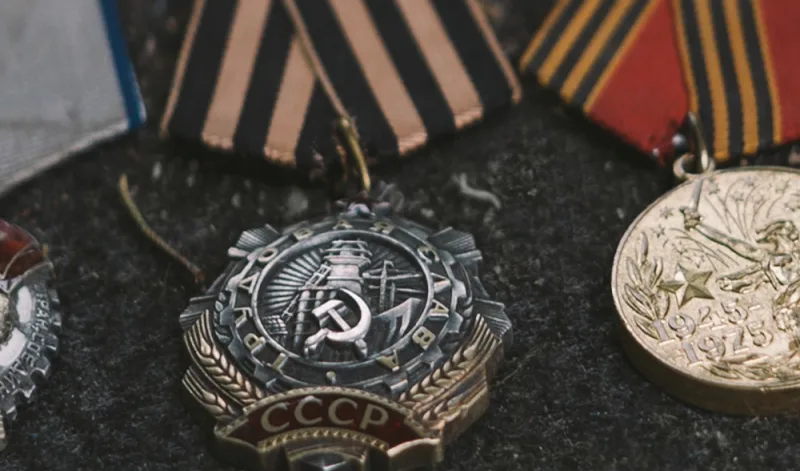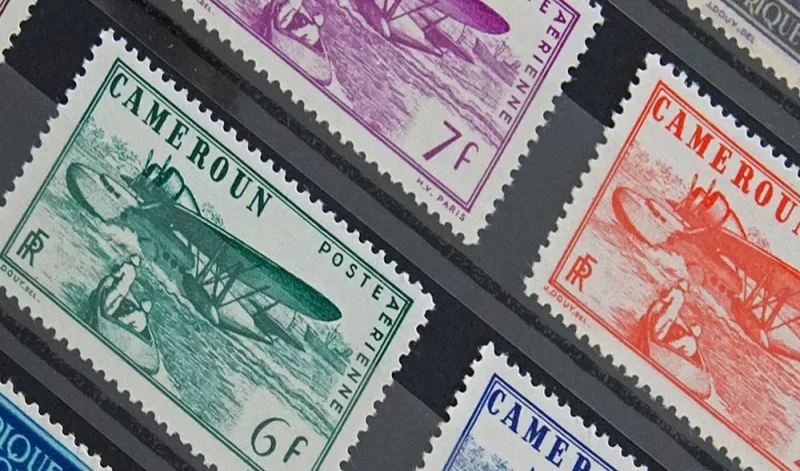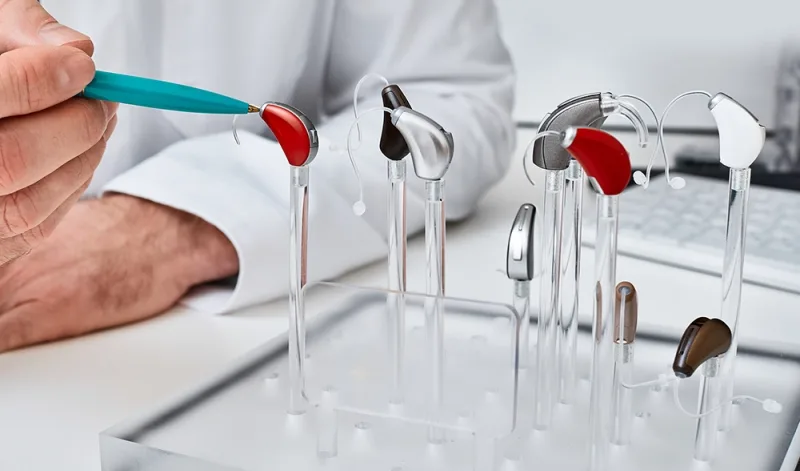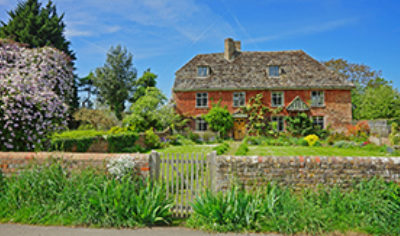When someone refers to diamond clarity, they’re talking about a rating given to a diamond (the individual stone that sits within your piece of jewellery). This rating is based on how crystal clear the diamond is on a clarity scale. You’ll probably never see a flawless diamond in your search, as almost all diamonds have some marks on them internally known as inclusions.
Diamond Inclusions are commonly sorted into four different groups:
- Crystals - These are small mineral formations known as crystals that form within the inside of a diamond.
- Feathers - These are a fracture in the diamond itself which typically happen when the diamond is being formed.
- Pinpoints - Are tiny crystals that look like dots when viewed closely.
- Clouds - A small group of small crystals or pinpoints inside the diamond itself.
While inclusions may be flaws within the inside of a diamond, markings on the exterior of the stone are called blemishes. Unlike inclusions which generally occur during the formation of the diamond, blemishes happen during daily wear and tear or polishing. These are commonly referred to as:
- Natural - A small “dip” like feature on the edge of a polished diamond showing a rough edge.
- Bearding - A series of small indents or nicks made to the outside edge of a diamond which occur during cutting.
- Extra Facet - An extra facet is an extra, unnecessary cut to a diamond.
- Chips, scratches, or nicks - These are self-explanatory – any damage done to a diamond during daily wear or from where it was set into a piece of jewellery will fall under this category of blemishes.
Most of these inclusions and blemishes won’t be visible to the human eye unless you’re looking through a microscope. As inclusions are created when the diamond is formed, they can act as a “fingerprint” for the diamond, making it unique and identifiable if you know what to look for.
Rating Diamond Clarity
Diamonds are rating on a sliding scale of diamond clarity. FL (Flawless) is the top point of the scale and where you will find the highest priced and rarest diamonds. The rest of the scale moves through varying levels of diamonds based on their inclusions.
- Flawless and Internally Flawless Diamonds
As mentioned above, these diamonds are the rarest and most expensive stones. Flawless diamonds have no internal inclusions or blemishes on them whatsoever. These stones are generally found in museums as once they’re set within a piece of jewellery, they lose their flawless grade and become internally flawless instead. - VVS1 and VVS2 Diamond Clarity
Beneath flawless and internally flawless diamonds sit VVS1 and VVS2 diamonds. VVS means “very very slightly included” and stones within this rating have tiny inclusions within them that can only be seen under 10x magnification. - VS1 and VS2 Diamond Clarity
When looking at VS1 and VS2 rated diamonds, you will still find it hard to notice the inclusions without a microscope, but a trained professional will be able to find the inclusions easier than VVS1 and VVS2 rated diamonds. VS1 diamonds will typically have a few crystals within them, whereas VS2 diamonds will show a wider variety of inclusions noted above. - SI1, SI2 and SI3 Diamond Clarity
SI diamonds are the last tier of diamonds on the clarity scale that can’t have their flaws seen by the naked eye. SI1 diamonds have some inclusions within them that an untrained person could probably spot with 10x magnification underneath a microscope. - I1, I2 and I3 Diamond Clarity
These are the lowest tier diamonds on the clarity scale. Where the tiers above all have flaws that cannot be seen with the naked eye, diamonds within this range will all have eye-visible inclusions which may distract from the beauty of the diamonds.
What Diamond Clarity is Best for Me?
Now we’ve been through exactly what diamond clarity is, it is easier to understand exactly which clarity will suit you depending on your requirements and budget. While they may be rare and sound desirable, FL, IF and VVS rated diamonds are very expensive. You will be unable to notice the difference in quality of these diamonds and the VS2 and SI1 stones with your untrained eye. We consider these diamonds to be “eye clean”, as they may have inclusions visible under a microscope but not to the human eye.
What is more important than diamond clarity?
Depending on the type of jewellery you’re looking for, the way the stone looks to your untrained eye, its colour, setting and whether it has been ethically sourced will probably be more important for you to consider rather than the clarity rating of the diamond. These are the features that will impact you or your recipient day to day, rather than the diamond clarity rating. Most reputable dealers will have a minimal clarity of diamond they will sell – so it is worth understanding how the rating system works.
Insuring Your Jewellery
Diamond jewellery is often expensive and worn daily, particularly engagement or wedding rings. If you are lucky enough to own one, we recommend that you consider having the necessary protection to avoid losing out if you lose or damage your jewellery. Consider purchasing jewellery insurance with Assetsure to protect your investment.
